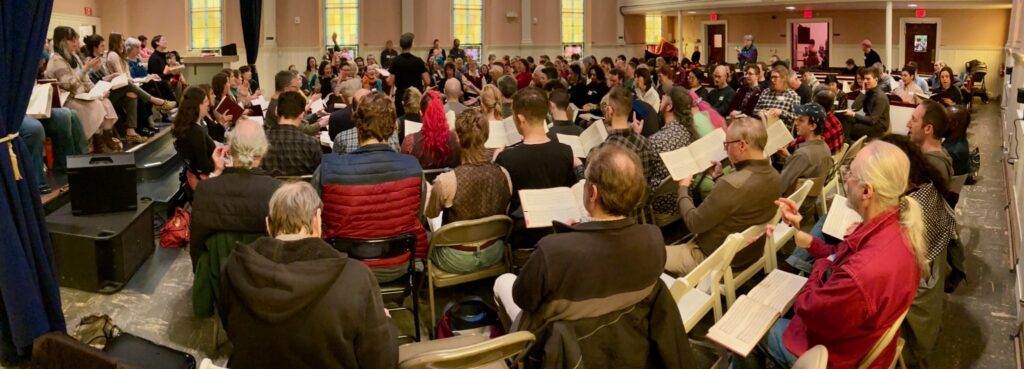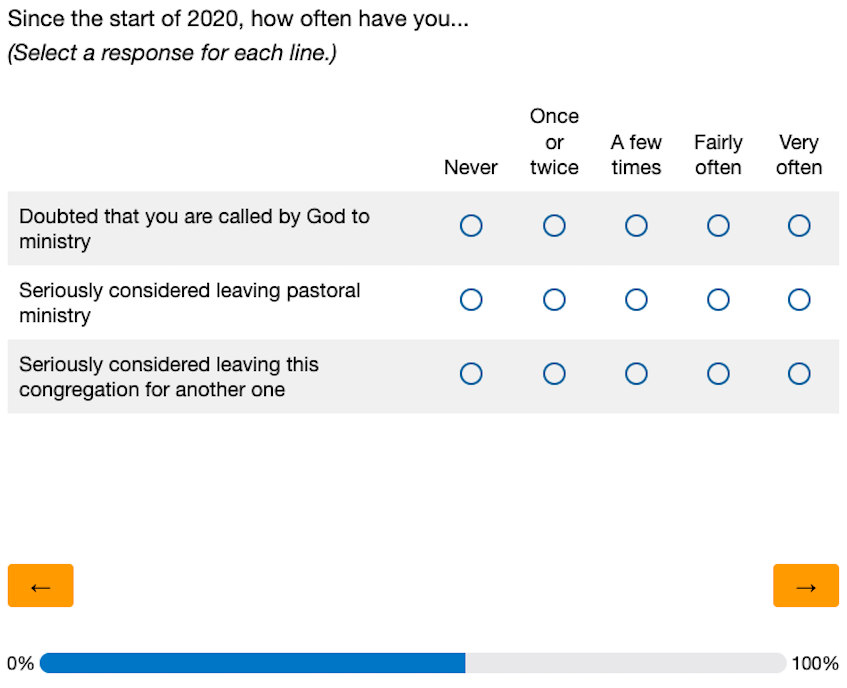At the end of March, Hartford Institute for Religion Research (HIRR) posted an update on their research into the impact of the COVID pandemic on organized religion in the U.S. They began the update by saying:
“As we mark the fifth anniversary of the COVID-19 pandemic, the Hartford Institute for Religion Research’s ‘Exploring the Pandemic Impact on Congregations’ (EPIC) project offers a unique window into how American religious communities navigated this unprecedented crisis. What began as an emergency response to immediate challenges evolved into a profound transformation of congregational life in America. Our longitudinal research, spanning from mid-2021 to present day, tells a story of resilience, adaptation, and, ultimately, renewal.”
After summarizing some of their earlier research, HIRR says that the financial news for congregations isn’t great, but it is good:
“Our latest financial report reveals surprising stability. The median income of congregations has reached a 25-year high, though not keeping pace with inflation. Nearly half of congregations now report extensive use of digital donation platforms.”
You can view a PDF of the financial report here. Mind you, it would have been nice if we’d kept up with inflation. But still, this is better financial news than I expected.
Then HIRR outlines other, more serious, challenges:
“Five years after COVID-19 … persistent challenges remain: fluctuating congregation size, aging demographics among both clergy and members, reluctance to embrace change in some traditions and questions about meaningful engagement with primarily virtual attendees.”
The last three items seem a pretty good summary of the problems I’m seeing — aging demographics, reluctance to embrace some changes, questions about how to remain engaged with virtual attendees. No, I don’t have any answers, but I find it very helpful to list the major challenges we’re facing.








